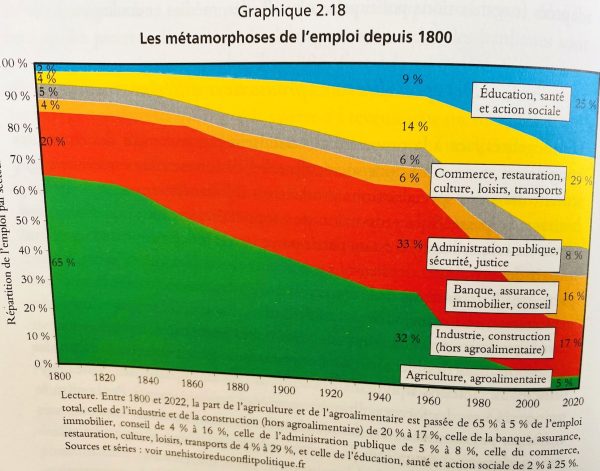The election of the German Bundestag 2025-2-23 has brought about many changes to the 1st chamber, the national parliament. First the voting system had changed to limit the newly elected parliament to 630 seats for a total of about 60 million people entitled to vote. 50 million voted in the election. The national average of participation in the election reached a very high 82.5%, with a range from 73.5% to 88%. Overall, it has been the highest participation rate since reunification. Political parties have to pass a barrier of 5% to be eligible for seats in the Bundestag. This regulation had been installed to avoid too many small parties to enter the Parliament as coalition building could be rather difficult and lengthy.
2 political parties missed this barrier closely, one with 4,3 % and another one with 4,97% of votes in the so-called 2nd vote, which is the vote for proportional representation in parliament after which the seats are allocated. Adding those ballots casts together, this means that for these 2 parties about 4.5 million votes do not get any representation at the national level. Several other smaller parties add more than 1 million votes, which are finally without any national representation. However, the only regionally campaigning conservative party from Bavaria reached 3 million votes (6% of votes) on the national level, which gives them a representation of 44 seats in the Bundestag.
Participation across age groups follows a relatively constant pattern. Older votes 60+ have relatively high voter turnout, whereas the younger age groups do not use the chance to vote as much as other age groups. This remains a challenge for democratic representation. The youngest have the longest time spell to live with the consequences of democratic representation and resulting policies. There are useful debates to lower the current legal age (18) to 16 years of age for voting to soften the effects of aging societies voting. Children, or currently anybody under 18, have no impact on political representation. An overweighting of families with children might fix such deficits. If the number of children drops further, we might eventually be willing to give our future a stronger voice in political elections. (Image: empty Berlin playground 2025)

Sectoral Change
The long-term view of sectoral change in France, for example, from 1800-2022 (Cagé and Piketty, 2023 p. 128) allows us to zoom out of our narrow focus of the last few years of economic change. The decline of agriculture is the most remarkable. The reduction of employment in industry and construction has been an ongoing trend as well. Banking, insurances, property and consulting have seen remarkable expansion over these years. Public services, security and legal affairs are still on a moderate rise. Other sectors like education, health, commerce and transport manage to grow equally.
The merit of the comprehensive volume by Cagé and Piketty (2023) is that it is thoroughly data driven and based on quite unique long data series. The data on structural change and just the employment trends depicted below refocus our attention on likely consequences of these changes.
For the 2 authors we should redirect our attention much more to the implications of these trends (like rising inequality) on political conflicts and power struggles. Democracies are at risk, if we continue to ignore these seminal changes of industrial structures and shifts in employment. The traditional strongholds of trade unions and progressive forces in the manufacturing and construction industries as well as in public transport seem to have unaccounted implications for our political systems as well. The volume by Cagé and Piketty (2023) will soon be available in English and reach broader audiences just-in-time for the European Parliament elections in June 2024. Particularly the spatial implications and how the neglect to take into account the fundamental differences between the rural development and structural change needs urgent reconsideration. After the time for reading and working with the data (LINK) is the time for action to preserve our European Dream of peace and social development. 

